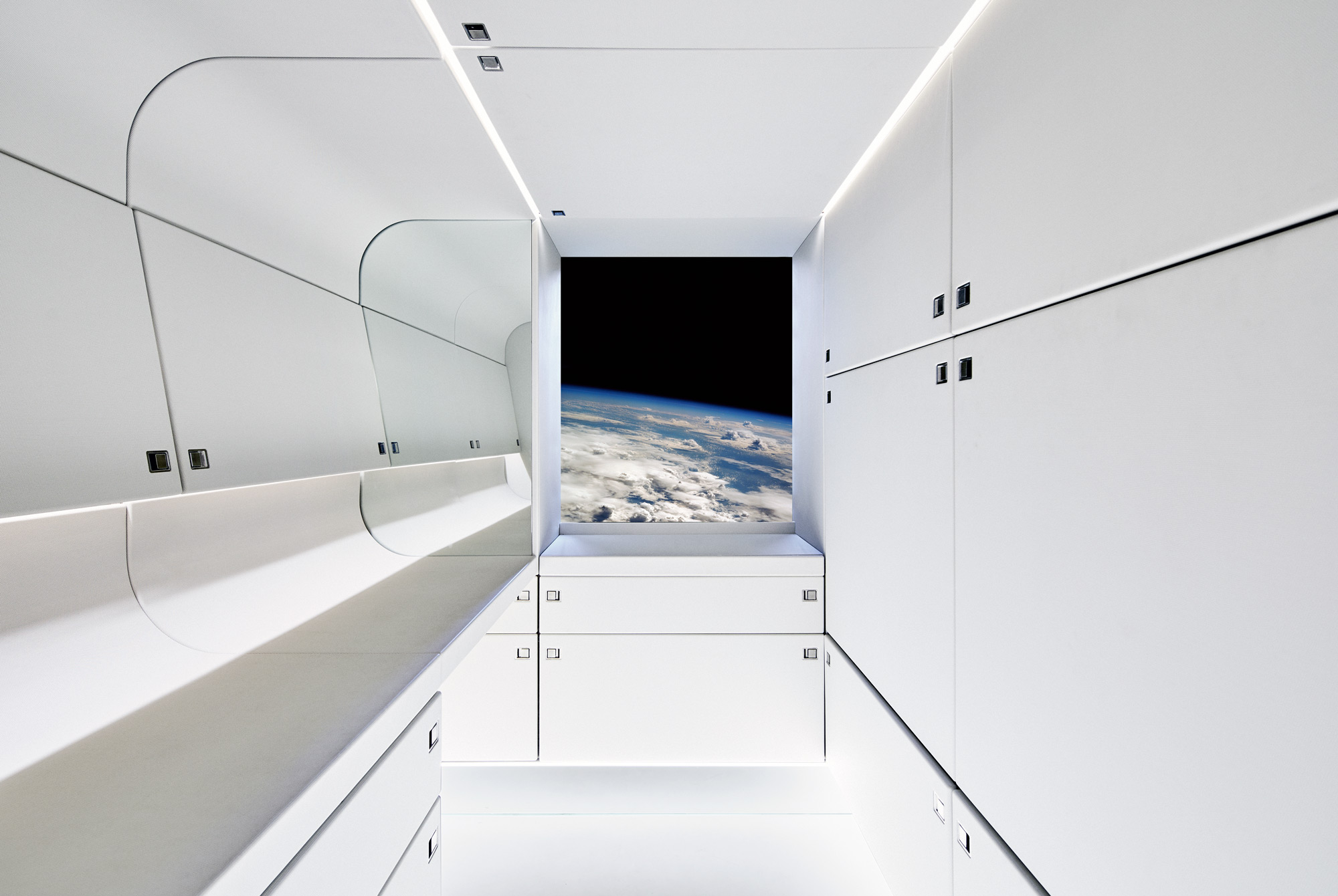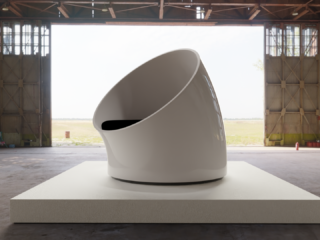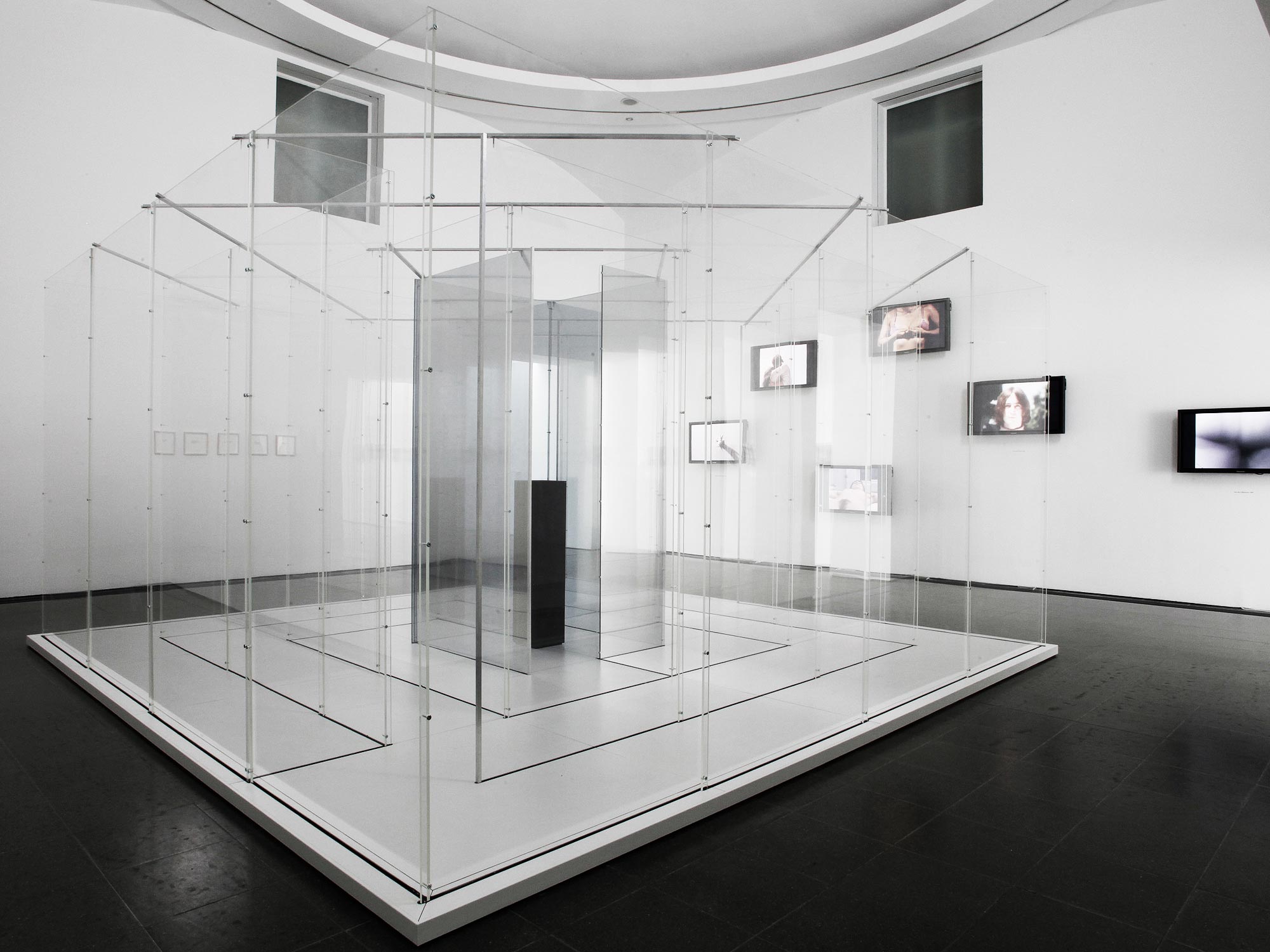Embracing ancient practices, advanced technologies and the vital emergence of a profound opportunity
Introduction: Integrity
In the beginning, we invented posters, then papers, eventually radio and television, and then the World Wide Web and ‘search’. At every iteration it was the advertisers that found the cracks, the weird science, points of optimisation, be it impactful typography, jingles or popups to engage neurones, hijack attention and sell more widgets. Now it’s the curse of the smartphone. Forever connected to a data relay, deeply entangled to every move you make, every breath you take, perhaps the pusher of a grotesque attention epidemic. But where does this exploitation of personal space go next?
Advertisers gather like witches at annual conferences to exchange notes, discuss tactics, showcase their KPI’s and ROI’s and speculate on which nasty tricks and stinky spells to unleash for the upcoming seasons in their pursuit of your attention, and in recent times their favourite buzzword is ‘experiential’. That is to say, they no longer want you to just hear the evil, watch the evil, or scroll the evil… no the new strategy is to have you ‘experience’ the evil. The reason for this; it’s an untapped cauldron bubbling with potential, and the witches are ever desperate.
Elaborate witchcraft aside, over the past decades, engineered experiences have become increasingly popular across contemporary culture, with slick immersive installations in galleries and museums, and less-slick interactive experiential marketing campaigns from the witches. In retrospect, the growing trend is understandable as if done with some thought, experiential interventions ‘have the potential to evoke sensations, feelings, and imaginations, integrating individual experiences into a holistic gestalt’.
However, I’ve been on the inside of all this also for those decades both as a producer and designer, and while I can conjure said evocative gestaltism with stoic artistic integrity, the institutions, clients (and their budgets), have become predominately only concerned with footfall, reposts and other crude metrics of ‘audience engagement’, as a measure of their ROI’s. It is important to recognise that this trend has steered things into a distinctive commercial genre of its own, which for the purpose of this article, we can summarise as ‘Instagrammable experiential’.
Hunting for the Higgs Boson of the mind
Pains of my artistic integrity aside, I want to now introduce an area of exploration I’m calling Experiential Science. This is not a new STEM directive or an immersive method of learning science, no, this is the study of engineered experiences and interventions, and specifically their transformative potential upon the senses.
In the field of Experiential Science, the goal is to go beyond the scope of Instagrammable experiential and to explore modes and methodologies of triggering moments of enlightenment in us humans. This remains undefined territory for me, but by ‘enlightenment’ this can be best compared to descriptions of the ‘overview effect’ as recorded by astronauts while peering down on, or returning home from outer space. This can also be likened to other Western depictions of Enlightenment in history such as those of the post-Copernican Enlightenment Period, and to add to the mix, elated depictions of ‘peak experience’ and ‘self-actualisation’ as more recently explored by Abrahams Maslow.

In a sense this is the particular exploration of undiscovered human perspectives and perceptions, and for the purposes of my work, a particular interest in capturing comprehensions of ontological existence, or hunting for the Higgs Boson of the mind.
The most ancient science
This is by no means a new hipster science. Contentious origins aside, Stonehenge appears to have been engineered to amplify the human experience of the equinox. Similarly, the lesser-known Ħal Saflieni Hypogeum, an elaborate neolithic cave system in Malta, has chambers that have been intentionally fine-tuned to a specific frequency creating a specific auditory experience, as revealed by advanced archaeoacoustics. Bring this forward to the architecture of Roman coliseums, Elizabethan theatres, and 20th Century art museums, and the imperative of influencing human experiences through the engineering and constructing multi-sensory environments remains an ever-present science.
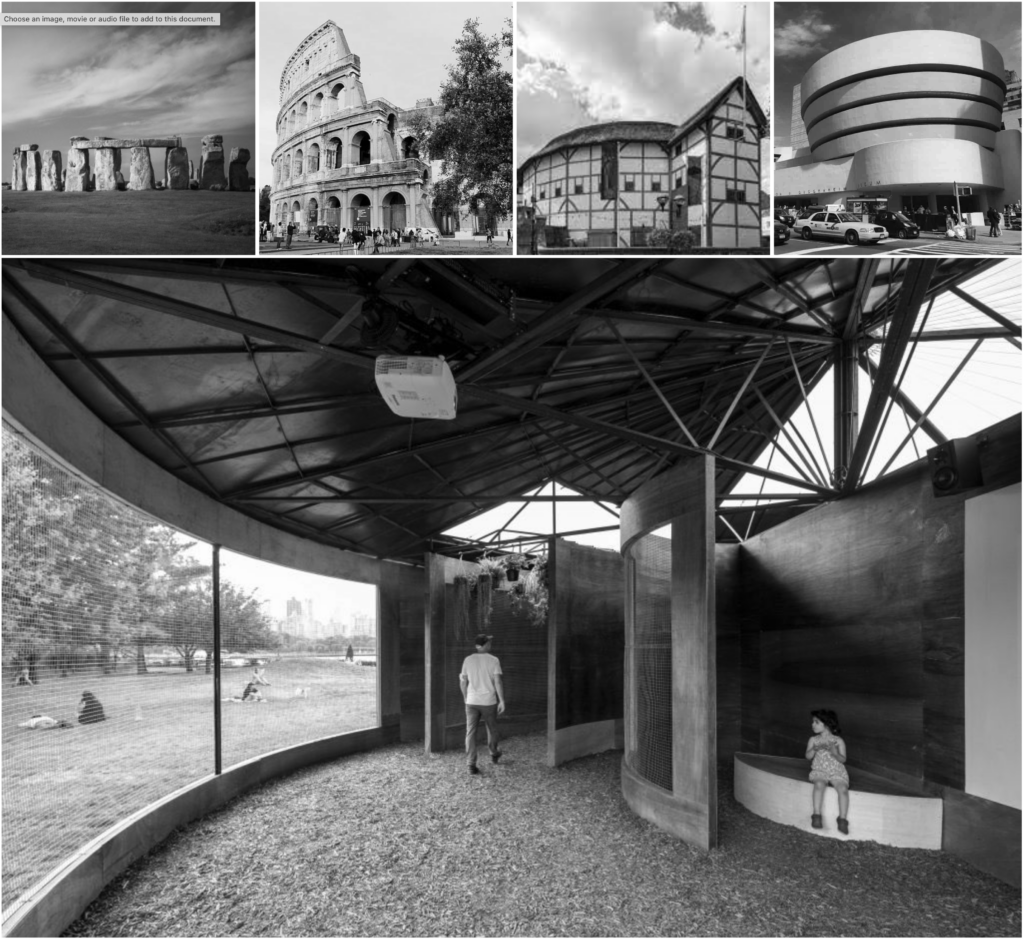
In another field, is the natural partnership between experience and learning. While the subject of experiential learning can be traced back to Aristotle, the process of learning through experience is also well-documented in societies such as ancient Egypt, Mesopotamia and beyond. In contrast to current Western didactic education, experiential learning is still recognised as a more holistic and natural approach to education, as embraced by philosophies such as Waldorf and Montessori.
It can even be argued that the innovation of experiential tools and spaces dates back to pre-language human intelligence. More specifically, to a point when humans began designing and innovating experiences purely to enrich and amplify practices of worship, story-telling and learning.
This brings us precisely the intersection of these ancient practices where I intuit that a remarkable and unimagined potential of Experiential Science lingers.
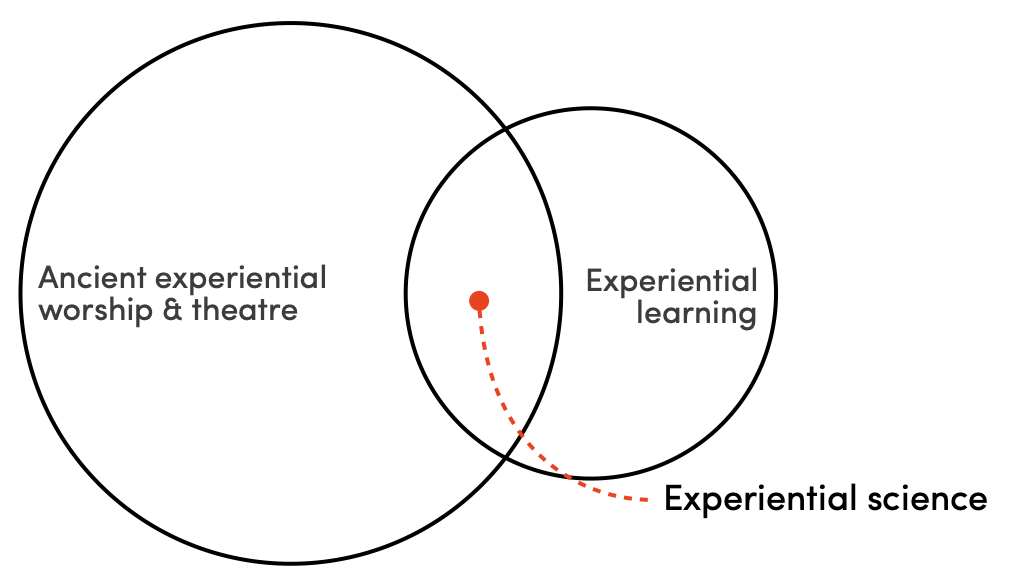
Conclusion: The profound opportunity
With our ever-looming challenges of environment, inequity and conflict it is becoming clear that a new way of thinking, a different mindset, or a global sense of a collective consciousness might be our greatest deficiency as a species. This is a vast, complex and ever-contentious picture which I have begun to evidence elsewhere, but to summarise here;
“Only a monumental transformation in human values and consciousness could hope to have the potential to rebalance a co-existence with Earth”
Through a lens of evocative gestaltism, I’ve identified a profound avenue to expand the boundaries of Experiential Science, delving into the uncharted area of exploring collective consciousness. Unearthing ancient methods of catalysing transformation already offers a rich landscape for rediscovering the essence of beauty, existence, and life’s purpose. Yet, when synergised with artistic modalities and immersive interactions, this fusion holds the potential to not only evoke perceptual shifts in our relationship with ourselves but also illuminate our interconnectedness within the world. However, this realisation, while promising in itself, is merely the first step in enacting the transformative potential.
Whether viewed as a curse or a blessing, the rapid emergence of advanced technologies that we are currently creating also stands as a potent enabler. In a flash, we now have unprecedented accessibility to knowledge, data, and technologies that were once either unimaginable or inaccessible. While this surge in accessibility is reshaping the foundations and conventions of society, it is simultaneously offering transformative tools and profound potential for creatives and the less conventional like myself.
Bringing together the potential of Experiential Science as the driving modality, fused with my unenviable background, and empowered by emerging access to advanced technologies in manufacturing and instantaneous global connectivity, the exploratory output of my work converges into a distinct focus. This focus is directed towards developmental research projects, artworks, and instruments engineered to unveil concealed and unknown dimensions of existence and purpose. By immersing individuals in transformative experiences, this work aims to reveal profound interconnectedness, inspiring contemplation, introspection and renewed perspectives. This interest lies in exploring methods of triggering moments of enlightenment, which binds to the shared intercultural, interracial, intergenerational, and inter-everything commonalities of humanity.
This is the profound opportunity, the transformative exploration and plunge into uncharted territory which will not happen through conventional ‘innovation’. The pursuits outlined here necessitate a safe space for risk, a deep and embodied sensitivity and responsiveness to planetary needs, and rebellious acts of subversion. It marks the rise of a new variant of innovation, akin to a form of Punk Innovation, one that shatters conventions, propels a shift, and operates on its own unapologetic terms.
This is part 1 of a series of three articles:
- Experiential science: Embracing ancient practices, advanced technologies and the vital emergence of a profound opportunity
- Punk Innovation: Creative exploration and proposed axioms for modes of rebellious invention
- Profound transformation: The case for a different mindset and why creativity holds the key


